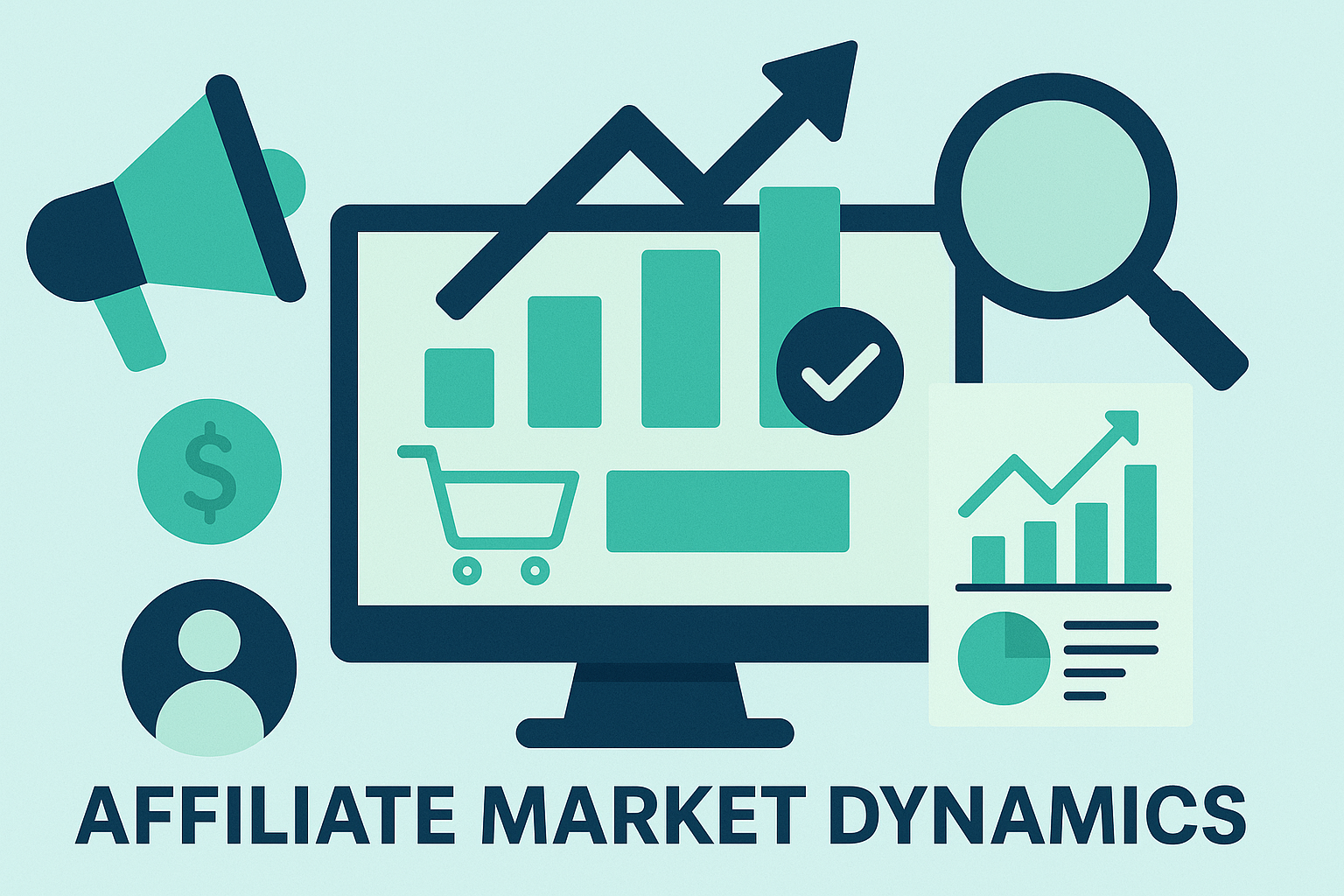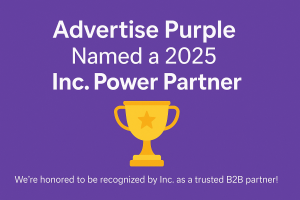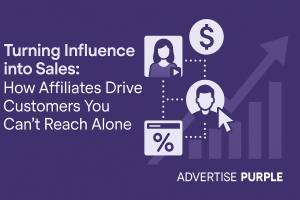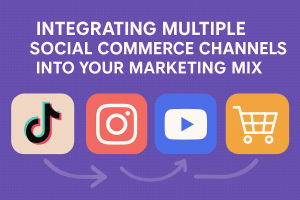
Share
Affiliate Market Dynamics 2025: How Brands Are Winning in a Volatile Economy
At Advertise Purple, we don’t just watch the market—we model it.
Our latest whitepaper, Navigating Market Dynamics (Q2 2025), represents the culmination of months of deep analysis across $75M+ in tracked affiliate revenue. This is not anecdotal trendspotting. It’s a quantitative breakdown of how top-performing e-commerce brands are using affiliate partners to adapt, scale, and outperform during a period marked by inflation, fragmentation, and digital saturation.
We believe every performance marketer, brand leader, and investor should read this report.
Why This Matters
Affiliate marketing is often overlooked in broader conversations about digital strategy—but it shouldn’t be. With U.S. affiliate spend expected to hit $15.7B by 2026 and average ROI far surpassing traditional paid channels (12:1 compared to 2:1 for paid search), this channel is fast becoming the backbone of profitable e-commerce growth.
Our whitepaper breaks down the three highest-performing affiliate types in five of the most competitive online retail sectors:
- Home & Living
- Apparel & Fashion
- Health & Wellness
- Games & Toys
- Education
Across each, we’ve isolated what’s working—and what’s not.
Key Findings
1. Loyalty Affiliates Are Driving Repeat Revenue Across the Board
In Home & Living alone, loyalty affiliates contributed $17.6M in revenue at a 6.82% conversion rate. Their impact is even more pronounced in Health & Wellness, where repeat purchase behavior drives outsized returns and conversion rates reach 9%+.
2. Sub-Affiliates Quietly Dominate High-Value Categories
Especially in Gaming and Toys, sub-affiliate networks are pushing massive AOVs (over $1,400). While they may not always deliver volume, their reach into niche and collector markets is unmatched.
3. Tech Affiliates Are Surging in Wellness and Fashion
With CRs as high as 10.35% in wellness and AOVs nearing $830 in fashion, tech affiliates—those deploying data-backed personalization and media tools—are now essential partners for brands looking to scale efficiently.
4. Education’s Affiliate Strategy Looks Different—And That’s a Good Thing
Here, comparison and review sites are quietly outperforming other types, thanks to their trusted role in the customer journey. Conversion rates exceed 8%, driven by detailed product discovery funnels.
How to Use This Data
This report isn’t just a snapshot—it’s a strategic tool. We encourage brands and industry professionals to use this data to audit their current affiliate programs. Ask: Are you overweight in one affiliate type while underutilizing another with higher CRs or AOVs in your vertical? Are your loyalty partners aligned with high-repeat categories, or are they mismatched? Are you prepared to scale with sub-affiliate reach, or are you still relying on direct publishers alone?
The whitepaper gives you performance benchmarks by vertical, affiliate class, and metric. Treat it as both a compass and a diagnostic toolkit. And if you’re a partner, agency, or platform, use this to better advise your clients with market-backed insights—not guesswork.
What This Means for Brands
The affiliate strategies of even last year may already be outdated. With consumer preferences, platform behavior, and ROI thresholds shifting at pace, affiliate partnerships must evolve accordingly.
The brands seeing the most growth in 2025 aren’t the ones spending the most—they’re the ones spending the smartest. And that starts with understanding the dynamics behind affiliate channel performance.
Download the Full Report
👇
Download the Whitepaper
If you’re responsible for your brand’s growth this year, this is your cheat code. Read it, digest it, and let’s build the next chapter of performance marketing together.





